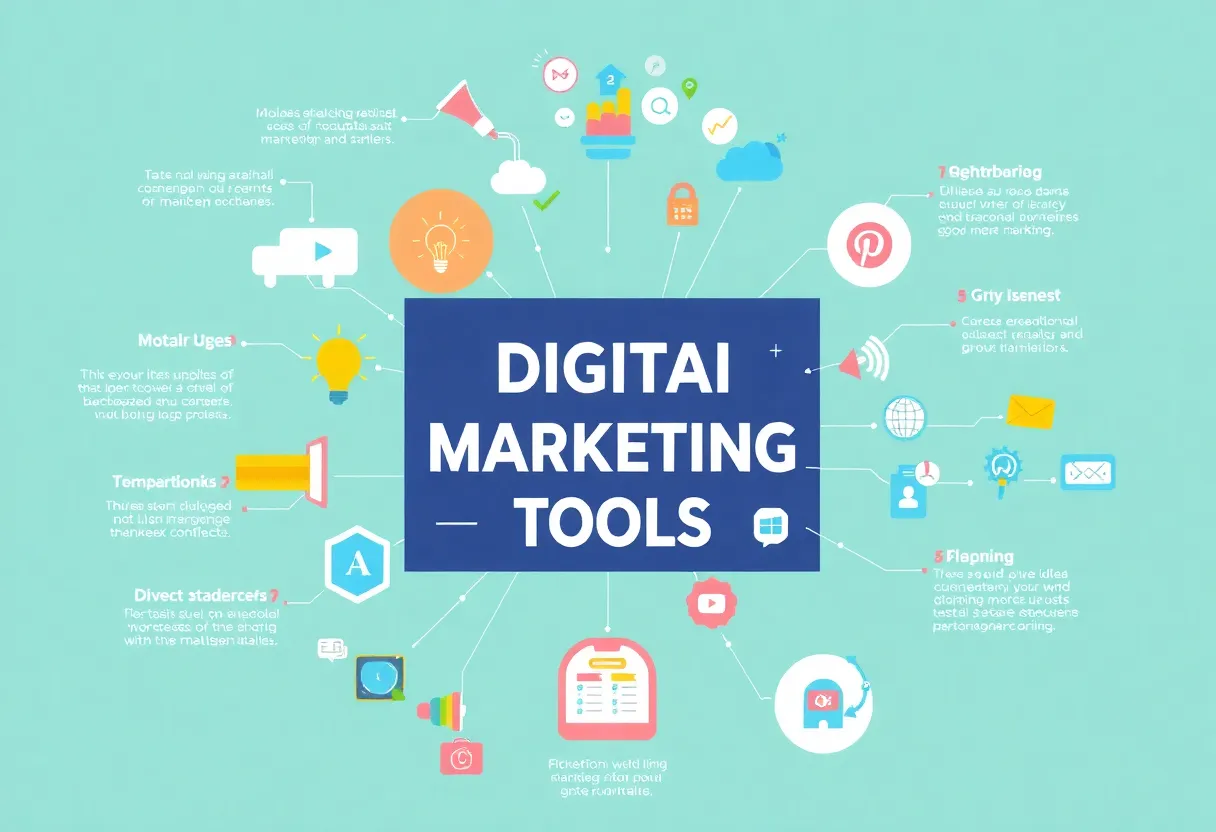How Can You Use Interactive Content to Engage Your Audience in Digital Marketing?
Understanding Interactive Content
Interactive content refers to content that actively engages the audience, prompting them to participate rather than passively consume information. Unlike traditional media, which presents information unilaterally, interactive content encourages user interaction through quizzes, polls, surveys, and games. This engagement leads to higher levels of interest and retention of information.
Why is Interactive Content Important?
Interactive content is essential in modern digital marketing for several reasons:
- Enhanced Engagement: Users are more likely to engage with content that requires their participation. This direct involvement can significantly boost user retention rates.
- Data Collection: Interactive content allows marketers to collect valuable data about user preferences and behaviors, which can inform future marketing strategies.
- Brand Loyalty: Engaging users through interactive experiences can foster stronger relationships with the audience, enhancing brand loyalty.
- SEO Benefits: Higher engagement can translate into better SEO performance as search engines prioritize content that keeps users on the page.
Types of Interactive Content
1. Quizzes and Assessments
Quizzes are a popular form of interactive content that can be tailored to fit any niche. They not only entertain but also educate. Users enjoy discovering their results, and brands can use this as an opportunity to showcase products or services that meet users’ needs based on their quiz responses.
2. Polls and Surveys
Polls and surveys offer a straightforward way to engage audiences by asking for their opinions. This type of content encourages user feedback, creating a two-way conversation between the brand and its audience. Additionally, it provides invaluable insights into market preferences.
3. Interactive Infographics
Infographics are well-known for their ability to convey complex information visually. However, making them interactive allows users to explore various data points, making the experience much more engaging. Clickable charts and dynamic graphs can turn static information into compelling narratives.
4. Calculators
Calculators or configurators are especially relevant in industries like finance, insurance, and real estate. Users can input data to get personalized results, which creates a valuable user experience and can lead to qualified leads for businesses.
5. Games and Contests
Implementing games or contests can significantly enhance audience engagement. By offering incentives, such as discounts or free products, brands can attract more participants, effectively increasing their reach and influence.
Strategies for Implementing Interactive Content
1. Define Your Objectives
Before diving into creating interactive content, it’s crucial to define clear objectives. What do you aim to achieve? Whether it’s increasing website traffic, building an email list, or improving user engagement, having specific goals will guide your content creation effectively.
2. Know Your Audience
Understanding your target audience is imperative. Analyze their preferences, interests, and pain points. Tailoring interactive content to meet these insights increases the likelihood of user participation and satisfaction.
3. Utilize Effective Distribution Channels
Select the appropriate channels for sharing your interactive content. Social media platforms, email marketing, and website banners are excellent ways to reach a wider audience. Each channel has unique strengths that can either attract or retain user interest.
4. Make it Mobile-Friendly
With an increasing number of people accessing content via mobile devices, ensuring that your interactive content is optimized for mobile is critical. A mobile-friendly design improves accessibility, ensuring a broader audience can engage with your content.
5. Measure Your Success
After implementation, measuring the success of your interactive content is vital. Utilize analytics tools to track user engagement rates, completion rates, and the overall impact on conversion. This data helps to refine your strategy and improve future content.
Best Practices for Creating Interactive Content
1. Keep it Simple
Simplicity is key when developing interactive content. Overly complicated experiences can frustrate users. Ensure that instructions are clear, and the interaction is seamless.
2. Provide Immediate Feedback
Instant feedback enhances the user experience. Users appreciate knowing how their participation impacts outcomes. It could be as simple as revealing quiz results or providing follow-up resources based on their input.
3. Encourage Sharing
Design interactive content with social sharing in mind. Encourage users to share their results or experiences on social media, amplifying your reach and attracting new audiences.
4. Personalization
Personalizing content can significantly boost engagement. Use data insights to cater experiences to individual needs and preferences. Customization can lead to more meaningful interactions.
5. Test and Iterate
Finally, continuously testing and iterating your interactive content is essential. Gather feedback from users and track performance metrics to understand what works and what doesn’t. Adapting based on these insights will improve future content initiatives.
Conclusion
Engaging your audience through interactive content is no longer optional; it is essential in the digital marketing landscape. By utilizing quizzes, polls, infographics, and more, brands can create meaningful interactions, enhance user experience, and build lasting relationships. Implementing this type of content requires an understanding of audience preferences, clear objectives, and effective distribution strategies.
As the digital marketing landscape evolves, focusing on building engagement through interaction will set brands apart. Continuous measurement and iteration will refine strategies and keep content relevant. Ultimately, interactive content not only engages users but can also lead to increased conversion and brand loyalty.








